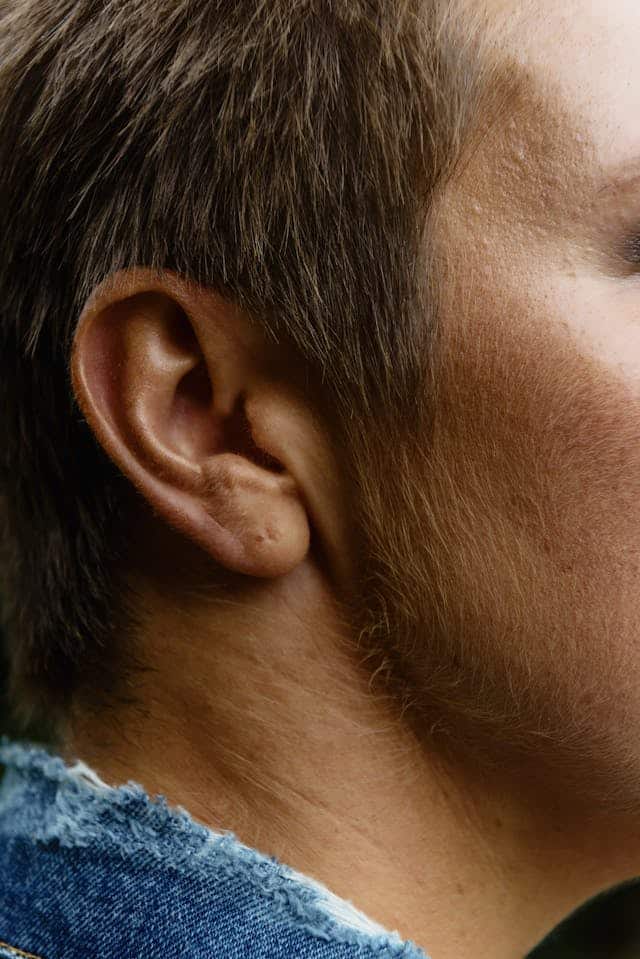Earwax, medically known as cerumen, plays a crucial role in protecting your ears. Produced naturally by glands in the ear canal, this waxy substance traps dust, debris and other small particles before they can reach the inner parts of the ear. It also has antibacterial properties and helps maintain proper moisture levels within the ear canal.
In most cases, earwax is self-cleaning. It slowly moves toward the outer ear and eventually flakes off or washes away. However, in some situations, it can accumulate and harden, leading to a blockage known as earwax impaction. This condition may result in discomfort and even long-term ear pain if left unaddressed.
What Is Earwax Impaction?

Earwax impaction occurs when the wax becomes lodged in the ear canal and is unable to clear out on its own. This is often caused by improper cleaning practices, such as using cotton swabs, or anatomical factors like a narrow ear canal. Instead of removing wax, swabs and similar objects tend to push it deeper, making the blockage worse.
Common symptoms of impacted earwax include:
- A feeling of fullness or blockage in the ear
- Reduced hearing in one or both ears
- Tinnitus
- Lightheadedness or balance issues
- Ear pain or irritation
If ignored, these symptoms can escalate, sometimes resulting in chronic pain or more serious complications.
Understanding Long-Term Ear Pain
Chronic ear pain is defined as discomfort that persists for three months or more or occurs repeatedly over time. It can arise from a variety of causes, such as:
- Recurrent ear infections
- Disorders of the jaw joint
- Nerve-related pain in the head and neck
- Abnormalities in the ear canal or eardrum
While these conditions can be complex, a simple cause like earwax impaction should not be overlooked as a contributing factor.
How Wax Buildup Contributes to Ongoing Discomfort
An estimated 10% of adults and 5% of children deal with impacted earwax. When buildup presses against the ear canal or eardrum, it can cause a constant, dull ache. In some cases, the wax traps moisture inside the canal, which creates an ideal environment for bacterial growth, potentially leading to ear infections that worsen the pain.
Frequent use of earbuds or hearing aids can also make earwax impaction more likely by preventing proper airflow and putting pressure on the ear canal. Additionally, trying to clean your ears with foreign objects may lead to micro-injuries and inflammation, making the situation more uncomfortable over time.
How to Handle Suspected Wax Blockage
If you believe wax buildup is behind your symptoms, avoid the urge to clean your ears at home with swabs or sharp tools. These methods often do more harm than good by pushing wax deeper and risking injury.
Instead, consult a doctor. A doctor can assess your ears and safely remove any obstructions using specialized tools or treatments. They may also recommend wax-softening drops or ear irrigation if needed.
For individuals who are prone to frequent buildup, regular checkups and professional cleanings can help prevent recurring blockages and reduce the risk of chronic pain.
It’s also important to remember that not all ear pain is caused by wax. Persistent or recurring discomfort could signal another issue that requires evaluation and treatment. If symptoms last more than a few days or return often, seek medical advice for a proper diagnosis.
Understanding the role of earwax and its potential to cause problems is essential for maintaining ear health. With appropriate care, earwax impaction and its associated discomfort can usually be resolved quickly and safely.
If you’re experiencing symptoms or would like to learn more about ear care, contact Blue Ridge ENT to schedule an appointment today.
